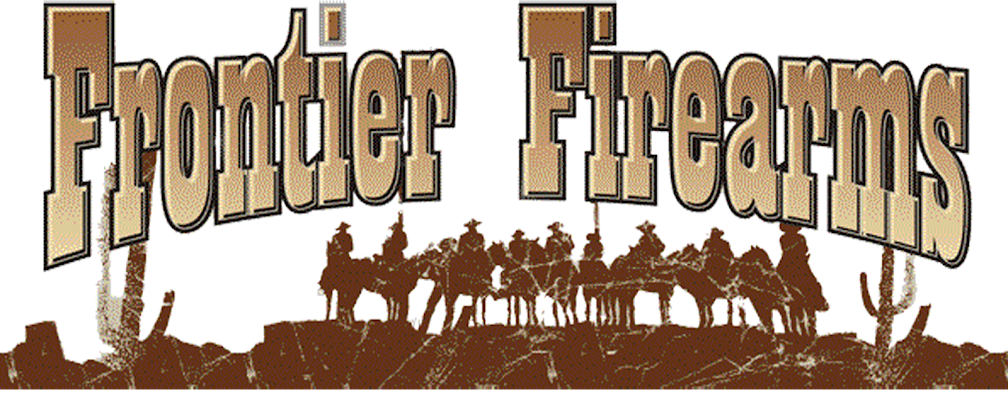What does the Bible say about self-defense? What is the
Biblical view of using lethal force for self-protection? Can a
Christian own a gun? What about assault weapons? The Bible study below
attempts to answer these questions using Scripture.
The Biblical View of Self-Defense
Introduction
This study examines the Biblical view of
self-defense. We're looking at questions such as, Is it right to employ
lethal force to protect the life of yourself and others? Is it right
to take measures that might kill an attacker who is wrongfully threatening your life or the life of another?
Self-defense here is defined as "protecting oneself
from injury at the hand of others." Self-defense is not about taking
vengeance. Self-defense is not about punishing criminals. Self-defense
involves preserving one's own health and life when it is threatened by
the actions of others. When we speak about using potentially lethal
force in self-defense, we're talking about using weapons to protect
ourselves and others, even if the weapons used could kill the attacker.
Now why in the world would we take time to look at
this subject? First, as Christians, we want to know how to apply the
Bible to current issues in society. We live in a country with
approximately 250 million guns and approximately 300 million people.
Furthermore, in our country, it is estimated that law abiding citizens
defend themselves using guns approximately one million to two million
times a year. Almost 200,000 people in this state alone have a legal
permit to carry a concealed handgun. What does the Bible have to say
about that many guns actively being used for self-protection?
We live in a time where the aftermath of Hurricane
Katrina, current possibilities of economic and societal collapse, and
crime have people buying guns and ammunition in large quantities for
self protection. What does the Bible say about that? What does the
Bible say about so-called "assault weapons"?
As always, we want our hearts and minds to be
ruled and informed by Scripture--not by our emotions, not by our
experiences, and certainly not by the World. And because the Scriptures
have much to say about this topic, it is relevant and worth examining
in the Church.
The focus of this study is specific. I am not
dealing with whether lethal force can legitimately be used in wartime. I
am not dealing with capital punishment. I am not dealing with Biblical
principles involved in the American Revolution or the War Between the
States.
This study is organized in five sections. First, we
will look at the Biblical obligation to preserve life. Secondly, we
will look at the Biblical view of bloodshed. Thirdly, we will look at
passages dealing with the application of lethal force in self-defense.
Fourth, we will look at what the Bible says about possession of weapons
and skill in using weapons. Finally, we look at limitations and
warnings about self-defense.




